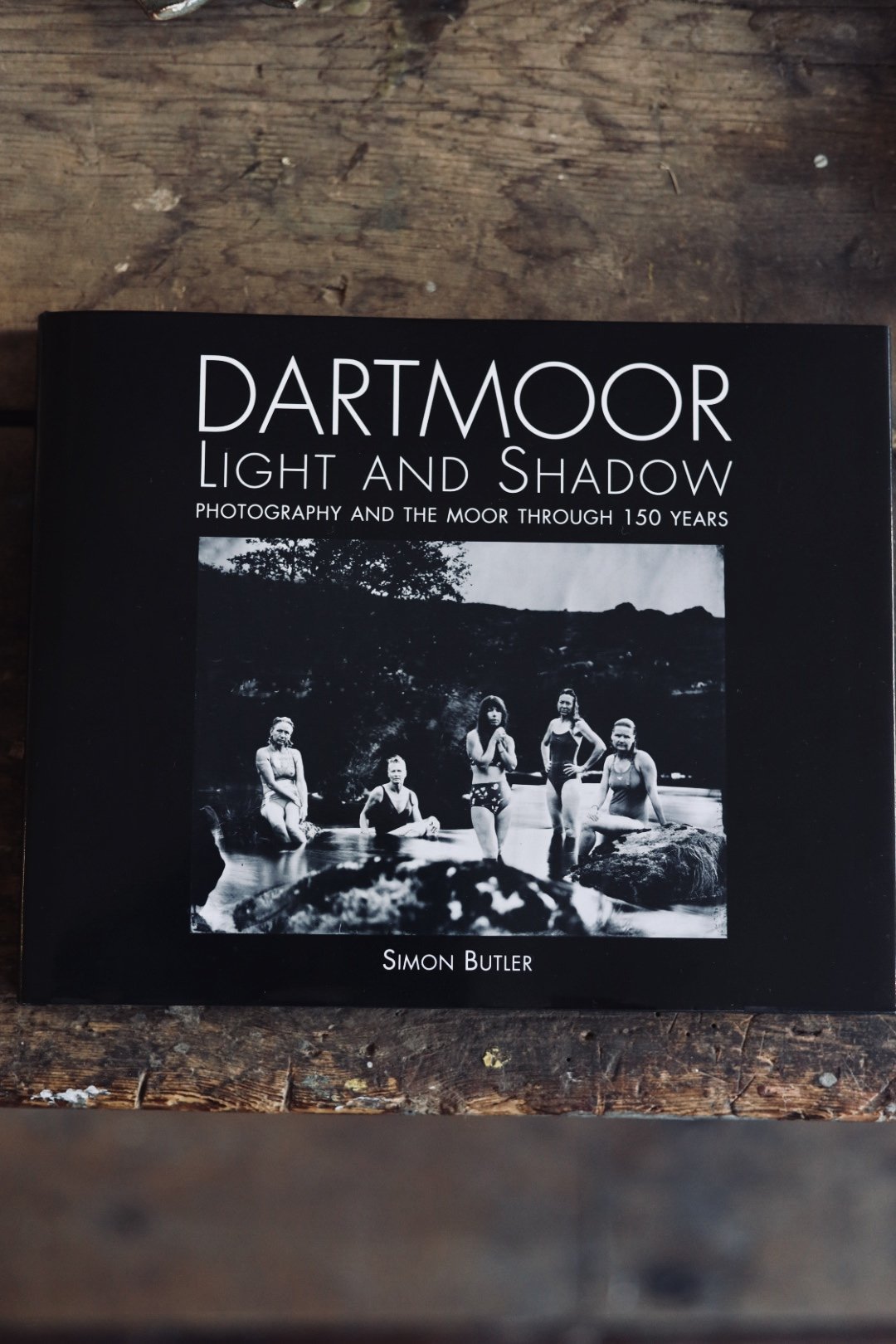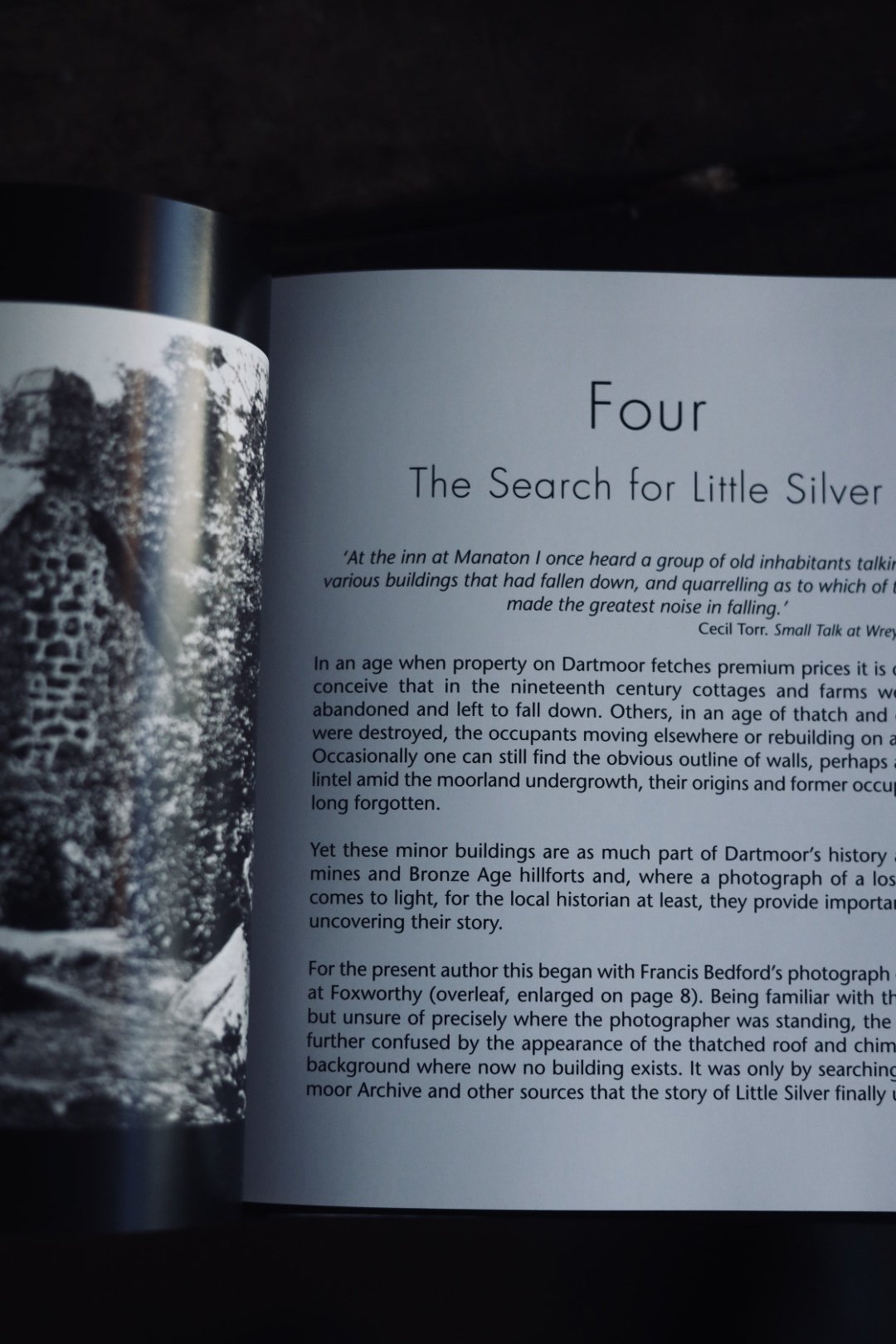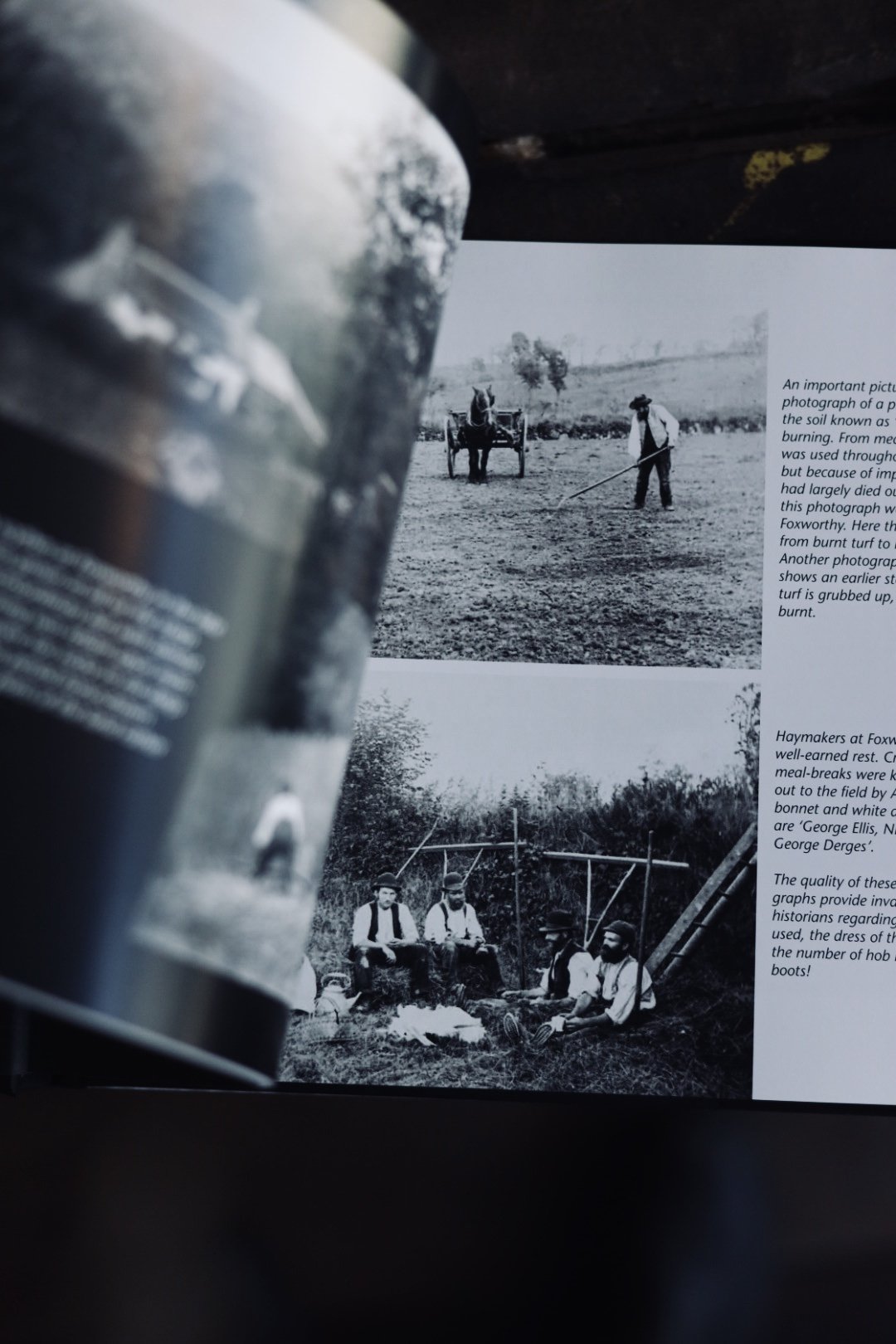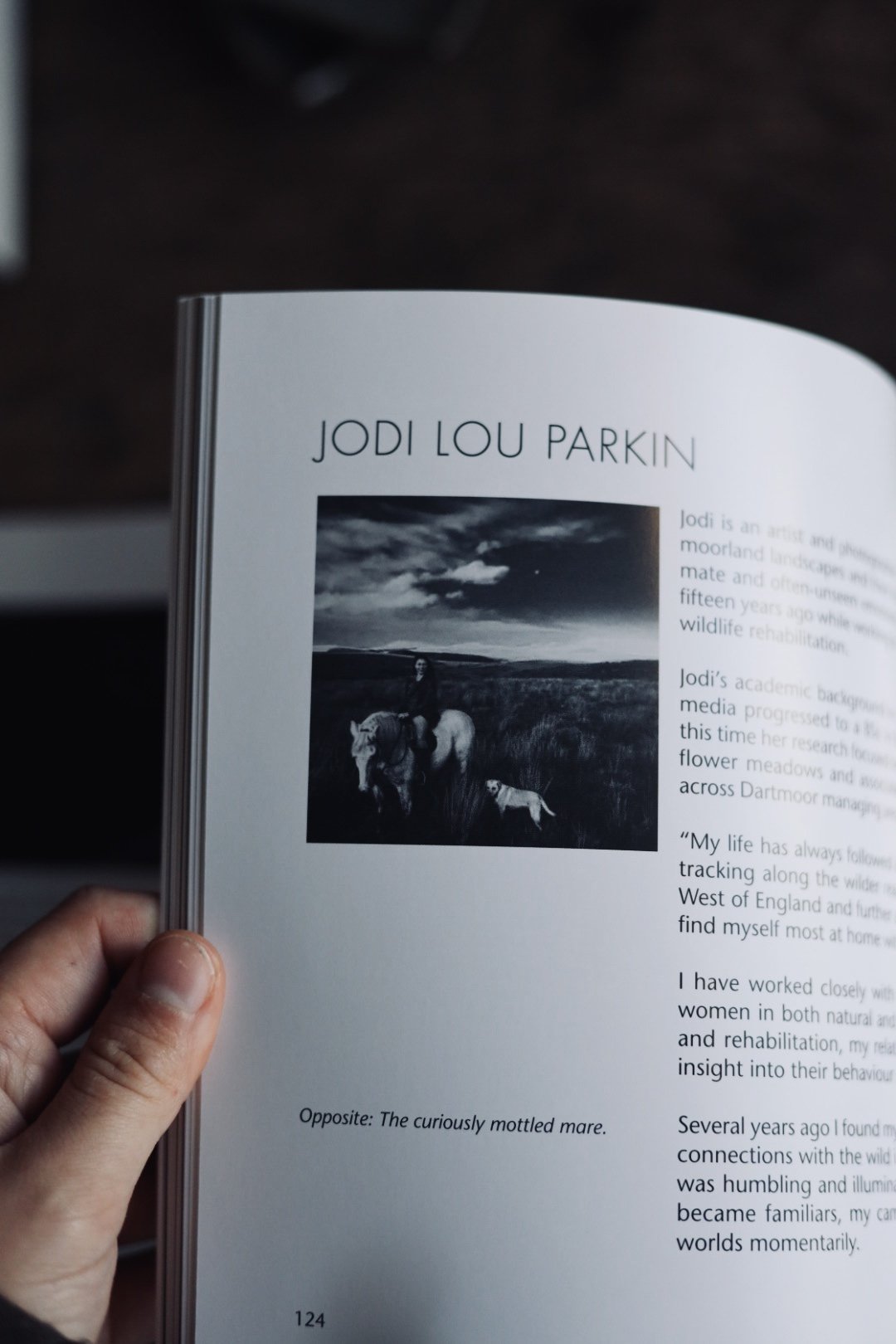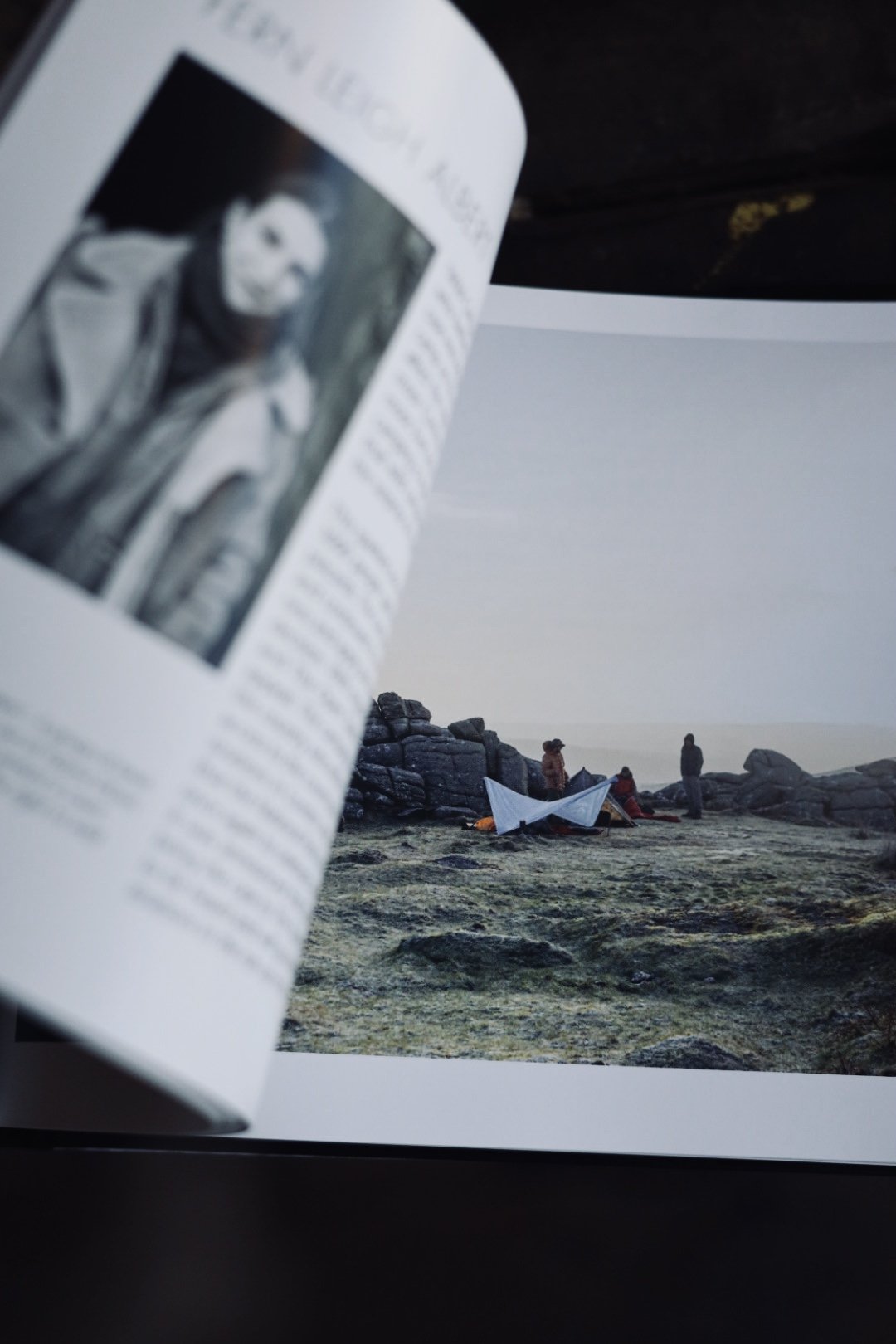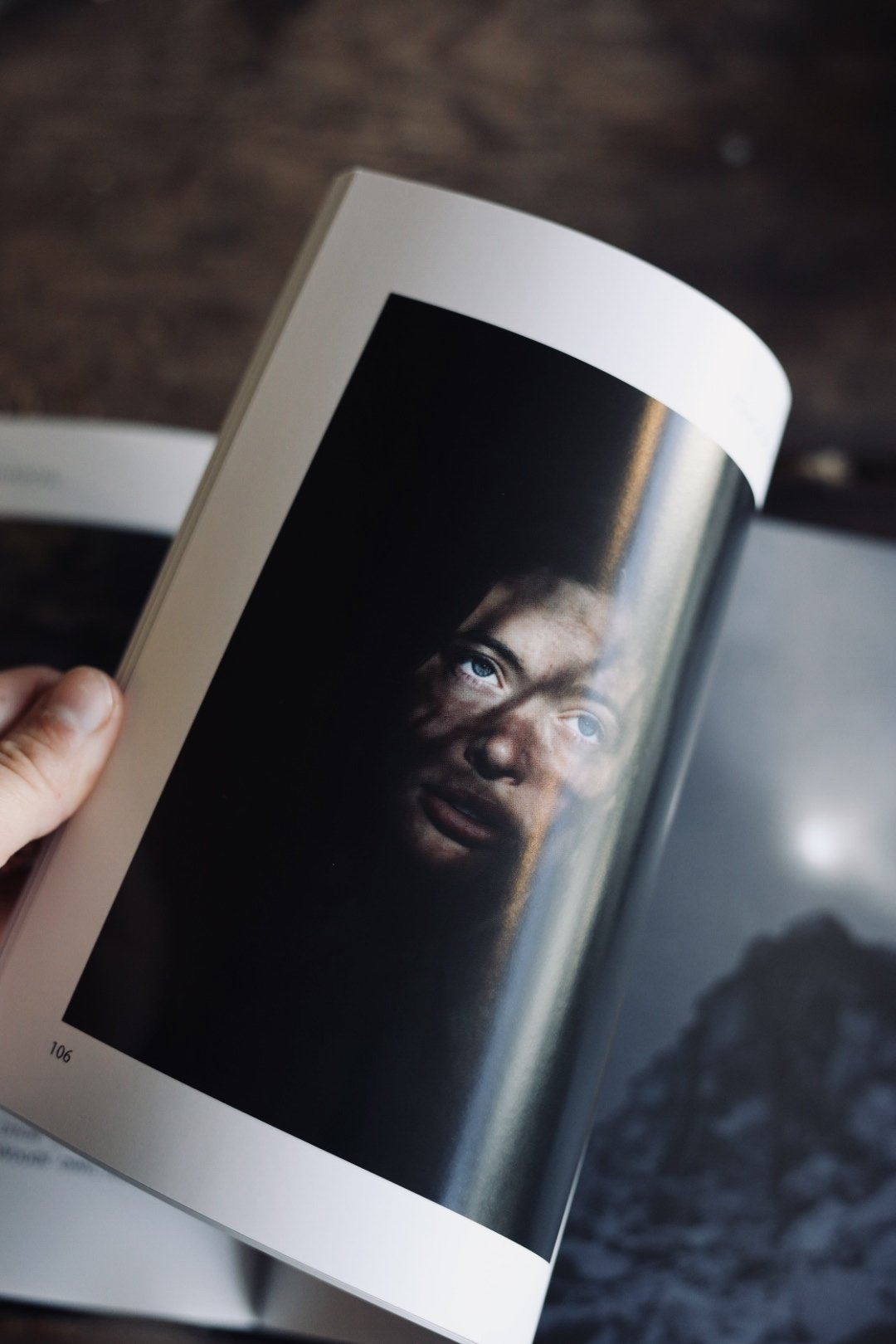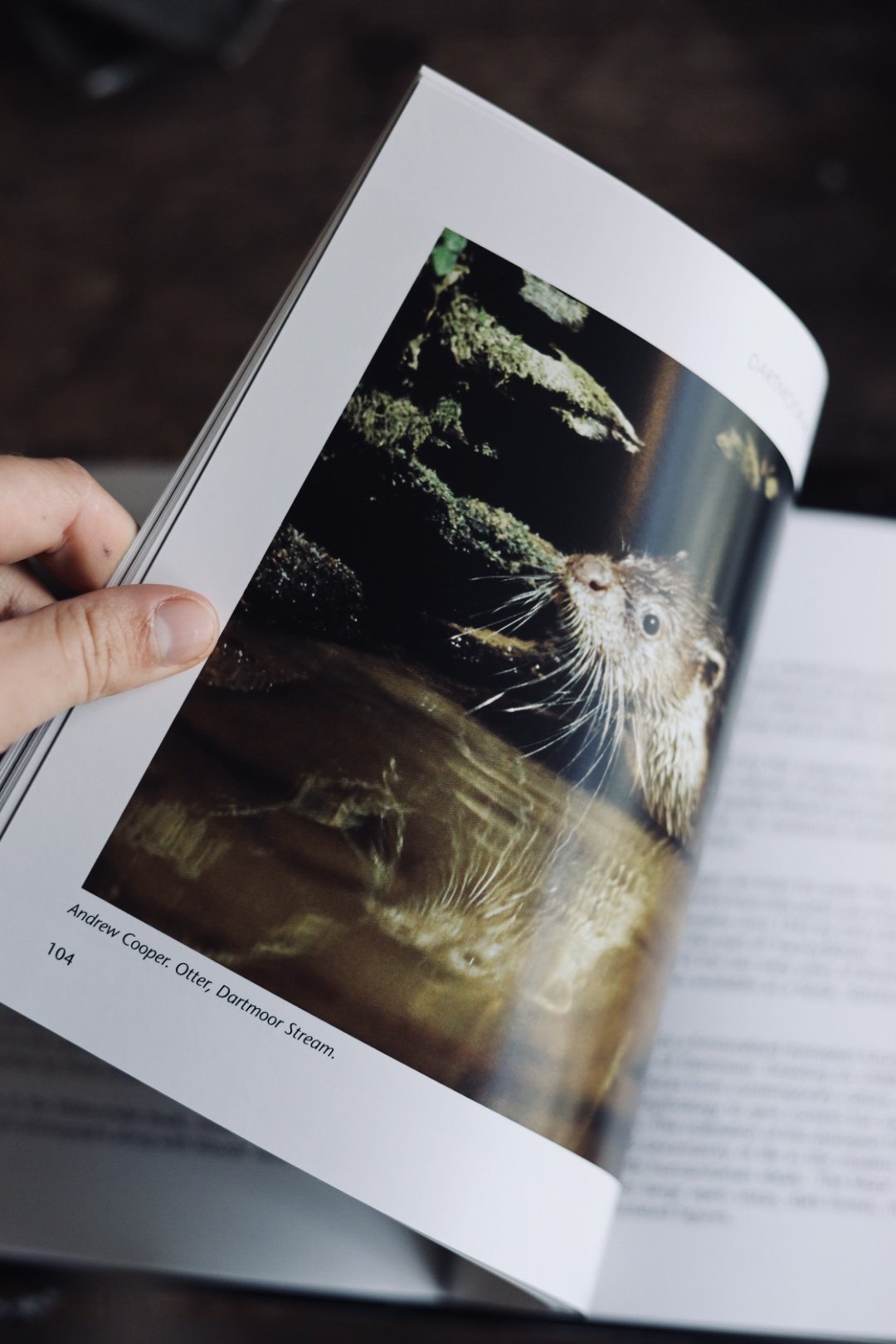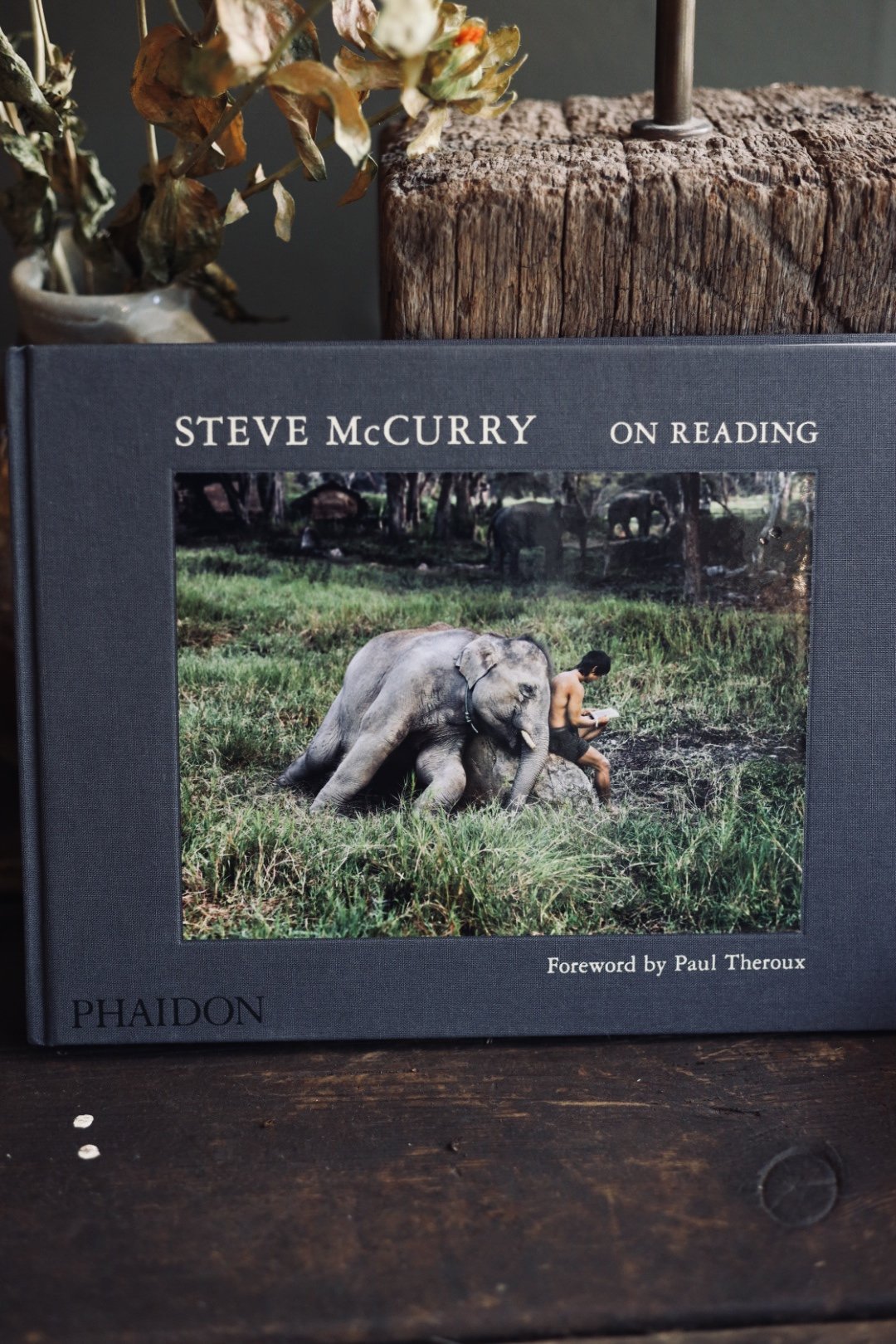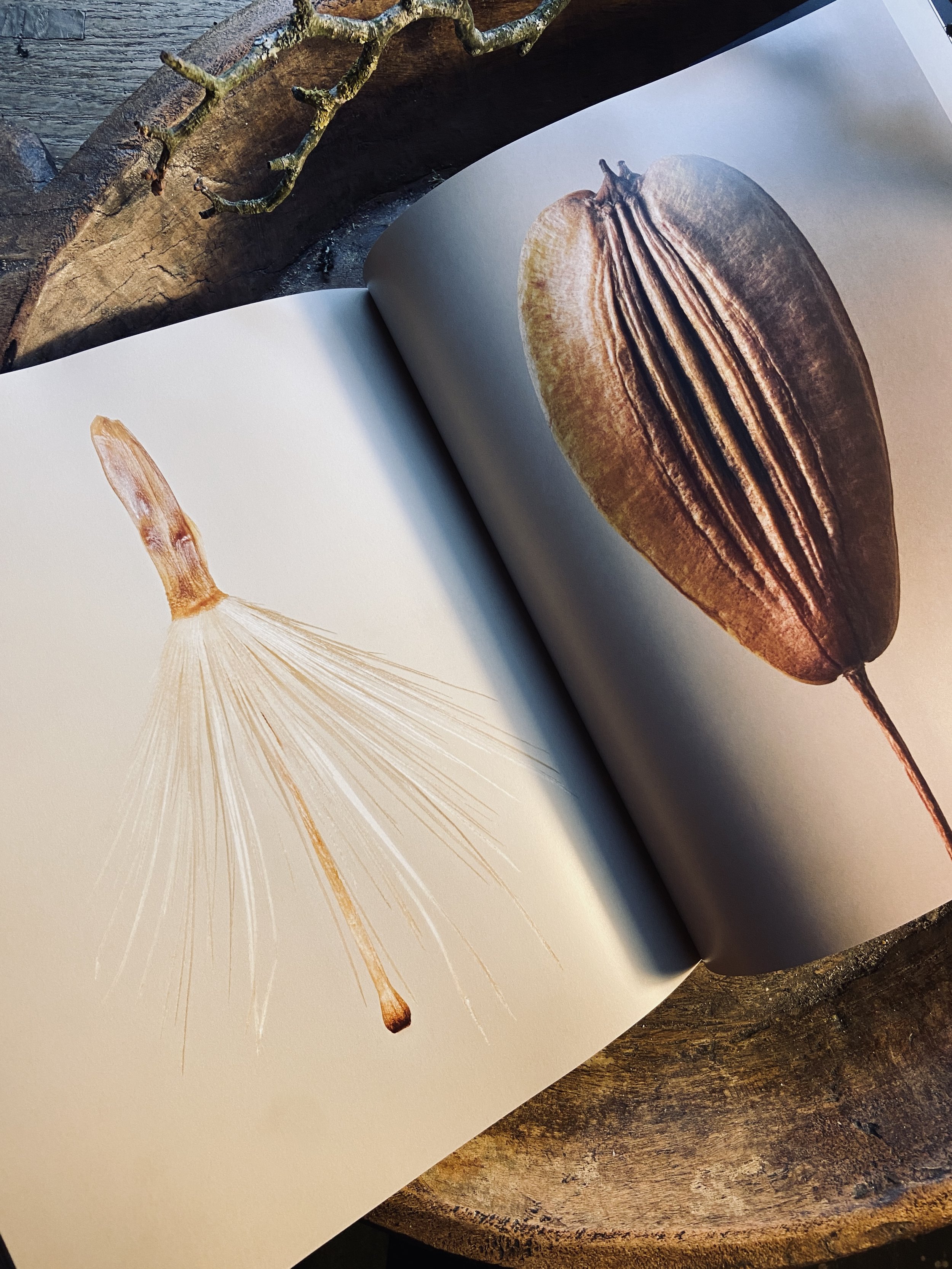'Dartmoor Light and Shadow' Simon Butler
“Photography’s most basic reality is that it shows us the past. Whether we view a freshly made instant picture taken at a family picnic, or a very old one, they all inevitably look backwards through time. One result of this photographic fact is that we can see a record of how things have changed.”
This book is about photographic legacies, both through those pioneer photographers whose work on Dartmoor has provided us with clear pictures of the past, and those working today who present to us a contemporary face of the moor and moorland life today. In the 150 years since the earliest surviving photographs were taken, Dartmoor has undergone great changes of which historic photographs provide compelling evidence. The majority of the 200 photographs in this book are taken from the Dartmoor Trust Archive which itself contains around 100 000 images dating from the 1860s to the present day. Drawing on this superb resource the author charts the history of photography and those photographers who captured every aspect of the moor from its prehistoric remains through to the present day. The final chapters of the book include works by twenty contemporary photographers who, as part of a year-long project, have brought the book up to date with their own interpretations of the moor. Throughout, the book considers past changes that photography brings to light and future perils faced through increased human pressure and climate change.
“Photography’s most basic reality is that it shows us the past. Whether we view a freshly made instant picture taken at a family picnic, or a very old one, they all inevitably look backwards through time. One result of this photographic fact is that we can see a record of how things have changed.”
This book is about photographic legacies, both through those pioneer photographers whose work on Dartmoor has provided us with clear pictures of the past, and those working today who present to us a contemporary face of the moor and moorland life today. In the 150 years since the earliest surviving photographs were taken, Dartmoor has undergone great changes of which historic photographs provide compelling evidence. The majority of the 200 photographs in this book are taken from the Dartmoor Trust Archive which itself contains around 100 000 images dating from the 1860s to the present day. Drawing on this superb resource the author charts the history of photography and those photographers who captured every aspect of the moor from its prehistoric remains through to the present day. The final chapters of the book include works by twenty contemporary photographers who, as part of a year-long project, have brought the book up to date with their own interpretations of the moor. Throughout, the book considers past changes that photography brings to light and future perils faced through increased human pressure and climate change.
“Photography’s most basic reality is that it shows us the past. Whether we view a freshly made instant picture taken at a family picnic, or a very old one, they all inevitably look backwards through time. One result of this photographic fact is that we can see a record of how things have changed.”
This book is about photographic legacies, both through those pioneer photographers whose work on Dartmoor has provided us with clear pictures of the past, and those working today who present to us a contemporary face of the moor and moorland life today. In the 150 years since the earliest surviving photographs were taken, Dartmoor has undergone great changes of which historic photographs provide compelling evidence. The majority of the 200 photographs in this book are taken from the Dartmoor Trust Archive which itself contains around 100 000 images dating from the 1860s to the present day. Drawing on this superb resource the author charts the history of photography and those photographers who captured every aspect of the moor from its prehistoric remains through to the present day. The final chapters of the book include works by twenty contemporary photographers who, as part of a year-long project, have brought the book up to date with their own interpretations of the moor. Throughout, the book considers past changes that photography brings to light and future perils faced through increased human pressure and climate change.

